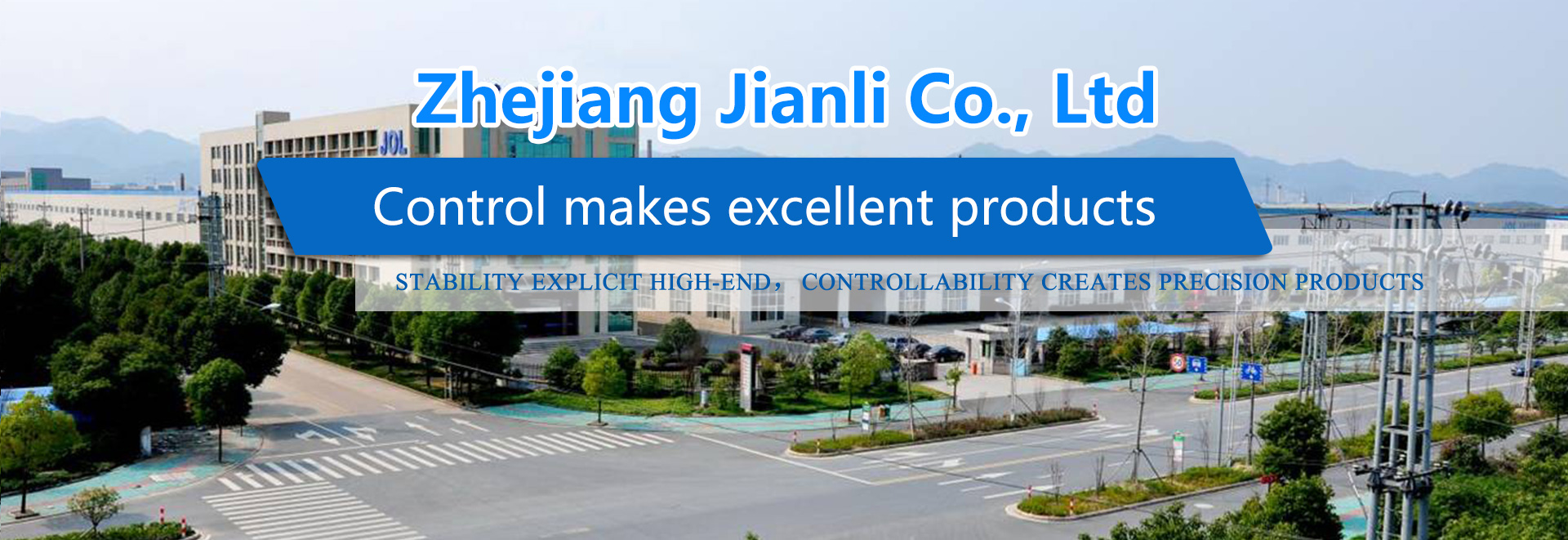
I believe that friends who often contact precision steel tube have their own understanding of the shortcomings of precision steel tube, but a common shortcoming of precision steel tube is that it is easy to crack, when the precision steel tube cracks, we need to repair it, and the operation process is relatively tedious. What are the factors that affect the cracking of this steel tube? For those who want to know, check out the following introduction.
Effect of work hardening
During cold drawing, the steel tube produces a lot of plastic deformation, which causes obvious lattice distortion, so that the lattice energy increases and the internal energy of the metal increases, resulting in uneven internal stress of the metal and residual internal stress. This increases the hardness of the metal and decreases its toughness. The higher the hardness of metal, the greater the residual internal stress during cold drawing, and the more obvious the work hardening. When the residual stress reaches a certain value, the metal will tear along a row of grain interface, forming the cracking of steel tube.
The effect of hydrogen embrittlement
In the process of removing scale with acid solution, sulfuric acid reacts with iron to release hydrogen. Hydrogen penetrates into steel in the form of atoms or ions, forming a solid solution. The effect of hydrogen on the mechanical properties of steel is characterized by hydrogen embrittlement. Cold-drawn steel tube is a kind of steel tube, which is different from hot-rolled (expanded) pipe according to different production processes. In the process of billet or raw material pipe diameter expansion through a number of cold drawing processing, usually in 0.5 ~ 100T single chain or double chain cold drawing machine. Cold rolled (pull-out) steel tubes are divided into general steel tubes, low medium pressure boiler steel tubes, high pressure boiler steel tubes, alloy steel tubes, stainless steel tubes, petroleum cracking tubes, mechanical processing tubes, thick wall tubes, small diameter internal die cold-drawn tubes and other steel tubes, including carbon thin wall steel tubes, alloy thin wall steel tubes, stainless steel thin wall steel tubes, special-shaped steel tubes. The outer diameter of the cold-drawn steel tube can reach 6mm, the wall thickness can reach 0.25mm, the outer diameter of the thin-walled pipe can reach 5mm, the wall thickness is less than 0.25mm, the precision and surface quality are obviously better than the hot-rolled (expanded) pipe, but restricted by the process, its diameter and length are limited to a certain extent.
